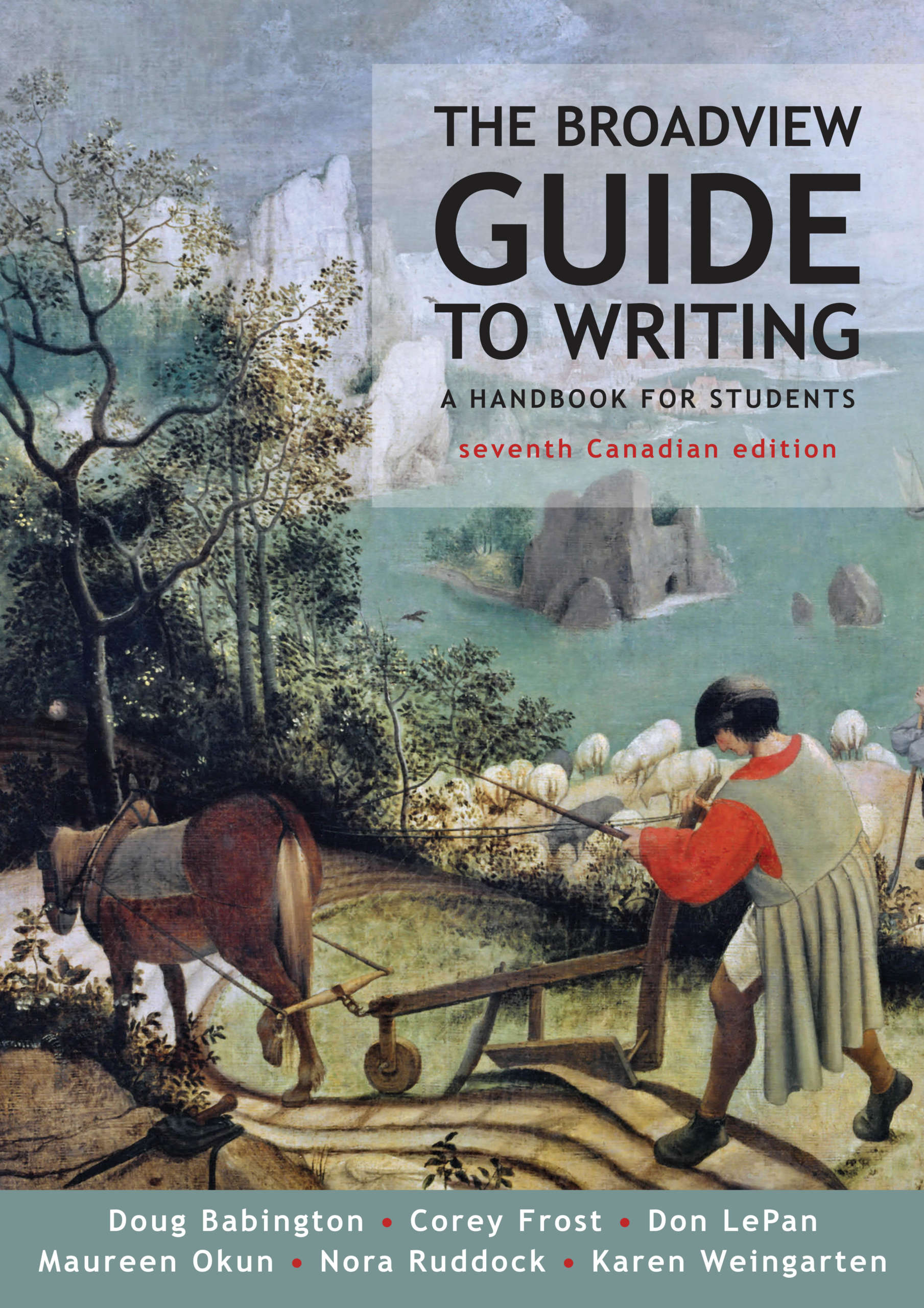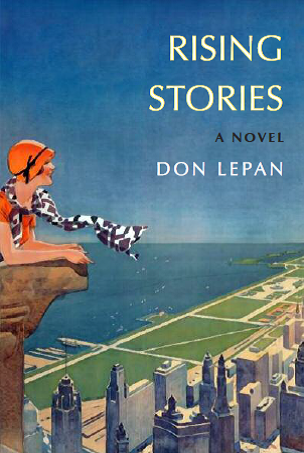For many years strong arguments have been put forward against the keeping of captive whales, dolphins, and porpoises in aquariums. Earlier this year it looked for a while as if they might have persuaded the powers that be in Vancouver, and that the Vancouver Aquarium would get out of the business of keeping captive cetaceans. But the mayor and his party have recently backed away from their earlier, more courageous stance--and now the city is unlikely even to take the much more modest step of putting an end to breeding in captivity.
Why the focus on sex and reproduction? Many would like the aquarium to simply release all cetaceans into the wild; others want them to keep things just as they are. The intermediate position that until recently seemed likely to prevail would have allowed the aquarium to keep and display animals who had been rescued and were considered incapable of surviving in the wild, but would have prohibited "captive breeding"--the practice of allowing the animals to reproduce while in captivity. From one angle it might seem cruel not to allow animals to carry out such a natural and important function--and so indeed aquarium staff have argued. The aquarium's CEO, John Nightingale, suggests that the Aquarium's policies are all about allowing what is "natural":
The Park Board’s use of the word breeding implies that we carry out some sort of planned, regulated or artificial reproduction program. We don’t do that at the Vancouver Aquarium. Our animals do mate, just as they do in the wild, because we keep them in natural groupings – just as they live in nature. Mating is the most natural thing in the world. In fact, sex and reproduction play an important role in our research and in our education programs. ("Park Board Picks a Fight with Mother Nature," Aquablog, August 1, 2014)
Mating may be the most natural thing in the world--but captivity isn't. It's the captivity part of it that makes everything problematic; if anyone has "picked a fight with Mother Nature," it is organizations such as the Vancouver Aquarium, which keep other animals in captivity throughout their lives. And, it should be added, throughout the lives of their children, and of their children's children. Once the aquarium has placed animals in an unnatural state of captivity, the key question regarding reproduction becomes "What happens to the children?" Perhaps it is the case that all the mature adults already in captivity have been rescued and could not be safely returned to the wild. But if they have children, will the children then be forced to live their entire lives in captivity? Releasing young cetaceans into the wild without their parents in the hope that they may find a pod that will accept them and that they will survive is nothing if not problematic. But if an aquarium is not committed to doing that, and if cetaceans in captivity are allowed to breed, what then? In practice, what the aquarium is really arguing for is an endless generational cycle of captivity, in which the whales and dolphins and porpoises will never be allowed to be free. But of course the Aquarium can't argue directly that captivity is "the most natural thing in the world." So they argue instead for sex and reproduction; who could be against that?
Jane Goodall is one of the many who have spoken out against the Vancouver Aquarium's policies. She notes the "high mortality rates" evident in aquarium programs that allow breeding, and deplores "the ongoing use of these animals in interactive shows as entertainment." More generally, she points out that
the idea that certain cetaceans “do better” in captivity than others is misleading, as belugas, dolphins and porpoises are all highly social animals which can travel in large pods and migrate long distances. In captivity, these highly vocal and complex communicators are forced to live in a low-sensory environment, which is unable to fully meet the needs of their physical and emotional worlds.
Vancouver Aquarium staff do not rely only on the "sex is natural" argument, of course. They also argue that breeding should be allowed because it's so interesting for other animals to watch and to study--specifically, for human animals to watch and to study. When head veterinarian Martin Haulena, speaking to a November 13 lecture audience, was asked about the aquarium's policy regarding the breeding of two harbor porpoises being kept in captivity, this was how he answered:
Reproduction is so incredible.…That’s what we’re heading into with our two [harbor porpoises]. So reproduction, gestation, development—all of that stuff is so interesting in these animals. ... [I and my staff are] banking on them getting along for the next few years. (as reported in "Vision Sends a Mixed Message on Aquarium," The Georgia Straight, November 20-27, 2014)
We can be quite sure that Haulena didn't mean "so interesting" for the porpoises themselves, though no doubt it is. The key thing is to what degree it interests us. And if human animals find it interesting to watch and study other animals having sax and having offspring, then we somehow feel it is justifiable to keep those other animals in captivity. As John Nightingale puts it in the remarks quoted above, "sex and reproduction play an important role in our research and in our education programs." By now humans have amassed decades worth of high quality film of these animals in the wild. Why should watching that film footage not be enough? Why should we need, generation after generation, to see them in captivity, actually mating and giving birth before our eyes?
There is of course no good reason. But it's all "so incredible." So we tell ourselves that we must see them making children, and that our children must see them making children. "Education," is what we call it. In the same way, of course, we could learn a very great deal more about the breeding habits of different sorts of humans if we kept them in captivity and watched closely as they mated and gave birth. But there, of course, we apply different ethical standards.
Aquariums also make much of the claim that it is "necessary" for the purposes of research to keep these animals in captivity. But a majority of scientific opinion now seems to have swung round to the view that such research is not only not "necessary"; it can be positively harmful to the whales and dolphins and porpoises, since it may lead researchers to draw false conclusions as to how cetaceans will behave in the wild, based on how they behave in captivity. Increasingly, these are recognized as being very different things.
On the ferry from Nanaimo to Vancouver yesterday the captain called the attention of passengers to a pod of dolphins swimming near the ferry. Along with many others, Maureen and I rushed to the ferry's starboard side and were thrilled to see dozens and dozens of animals, powerfully jumping again and again as they swam. At the speed they were going, I can imagine they would have gone from one end to the other of the largest aquarium tank in the world in a few seconds. But they had the whole Salish Sea to swim in, and beyond that, all the seas of the world. Maureen and I and the other ferry passengers weren't on a "whale watching cruise" chasing and bothering the animals; we were simply going about our business, and they were going about theirs. If I feel I need more education than that about the lives of dolphins, I'll watch a film or read a book.




